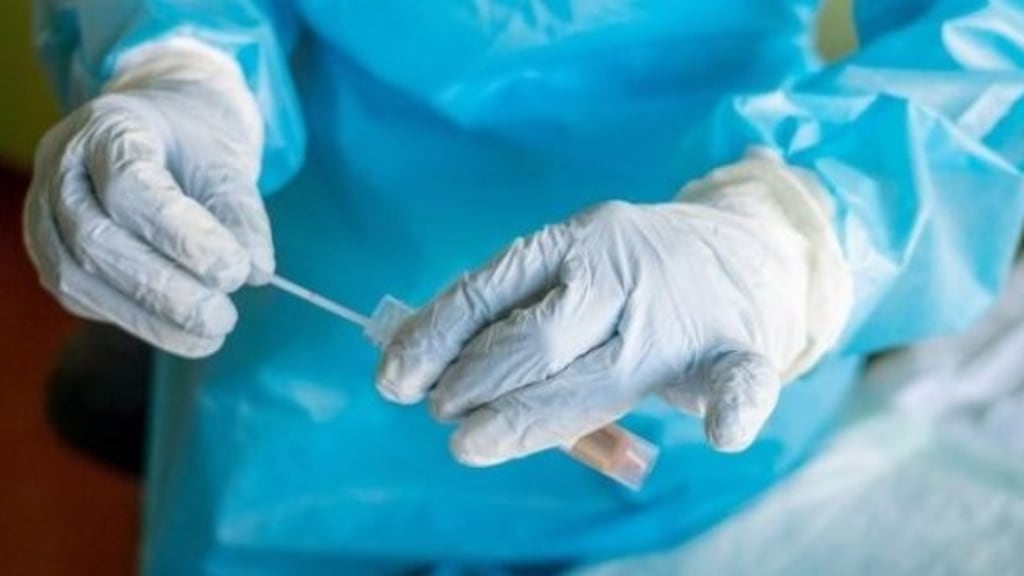Why does test and trace matter?
As we move out of lockdown, breaking the chains of transmission – identifying and contacting people who have been in touch with known cases before they asymptomatically spread the virus – is the cornerstone of returning to a “new normal”. If this is not effective, we may lose control of the virus again, and end up back in lockdown.
What does it involve?
Experts have said in recent days the entire testing and contact tracing continuum has to be completed within three days. That means from the time you’re referred for swabbing to the time all your contacts are interviewed.
According to information released by the HSE on Wednesday evening, the median time from referral for testing to completion of contact tracing is “circa four days when you consider hospitals and community together”. It did not provide updated information on average times, but previously it has said the contact tracing element takes on average 36 hours, and testing takes on average 2.4 days.
For tests taken among the community, ie not in residential facilities or hospitals, the median turnaround time is five days. Hospitals can get the whole process done in around two days.
The HSE says a positive test result is uploaded to the Covid Care Tracker system in 90 minutes. The aim then is to do three calls as quickly as possible. Call one informs someone of their status, call two gathers close contact information, and call three is to the close contacts. Unanswered calls are repeated, which can add time.
Is it going fast enough?
Based on information the HSE released on Wednesday evening (the figure changes every day), across the last seven days it takes a median of 0.6 days to get swabbed, 3.5 days to get a lab result for a community test, and one day for contact tracing to commence and be completed.
It is not clear how contact tracing can commence and be completed in one day if, as the HSE has said, it takes a median time of 20 hours to complete the first of three calls in the process.
It seems a best case scenario, say for a healthcare worker who is not a complex case (and therefore easy and fast to trace), the process might be completed in two days. The process in the community is now taking a median time of five days. But as the HSE says, these figures are medians, so routine tracing may be faster and very complex tracing can take longer.
The information supplied suggests that on most occasions outside hospitals, the process is taking much longer than experts believe it should.
What is slowing it down?
The HSE's chief clinical officer, Dr Colm Henry, said on Tuesday the system was dealing with "low volume [of cases] and high complexity".
Because testing was targeted last month at residential facilities, direct provision, care homes and hospitals, there hasn’t been a vast amount of community testing done, and only around half of our capacity for testing was used last week. Therefore, there was less tracing to do as well.
But there has been a lot of complex cases. Interviewing someone who has no English, or who has dementia, about their contacts in the past 10 days can be hard. Also, healthcare workers might come into contact with dozens of people, including vulnerable patients.
While these complex cases are certainly slowing things down, other factors should be positively affecting turnaround time. For example, fast testing for healthcare workers should positively affect average turnaround times, while low numbers of contacts during lockdown should also be aiding speed.
Is anything else slowing it down?
Yes. Much of the testing system was built from scratch, in a hurry. Manual data entry results in errors. Sometimes key contact information is missing. Computer systems aren’t talking to each other. The failure to complete significant IT infrastructure upgrades like unique patient identifiers and lab information management systems appears to be playing a role.





